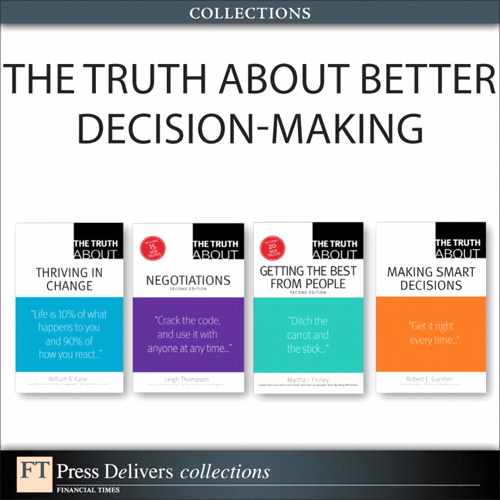Truth 15. To realize the future, you must create it
Once you know your destination, you will need a map to get there. Therefore, while you have those people around the table discussing your organization's vision, don't be in a rush to adjourn. Making your dream a reality requires strategy.
This is where pragmatic business planning begins.
Reflecting upon your new or revitalized vision, you should consider whether your organization has the appropriate resources and competencies or whether it needs different skills, systems enhancements, better information, different market participation, or alternate financing models. Strategy considers your present organizational state as baseline and outlines the course to where you want to be. It addresses and identifies the "gap" between the two organizational states by answering, "What must we accomplish?" for the vision to be realized.
Like the vision statement, your strategy is forward looking. It should be internally focused and provide consensus-driven, goal-oriented guidance with a 12- to 30-month outlook. It should be clear and concise, describing how the organization will relate to and respond to its environment. It should be inspirational, compelling, and plausible. As the first level of detail for your business plan, it should also be easy to understand and to communicate.
Strategy is usually stated in the form of specific objectives that are measurable and time bound, contemplating the financial and operating results and return expectations required. These objectives are generally categorized as "critical" or "subordinate" in nature.
The level of detail in each objective will vary to your comfort level, but the direction, timeframe, and deliverables should be clear.
Begin your discussion about strategy by focusing on what it takes to make your vision a reality. Don't aim for modest improvement; take a good "stretch," but stay realistic and focused. The power of strategy, especially in changing times, is derived from its ability to direct employees' actions, secure their commitment, and allocate people and financial resources accordingly to your competitive advantage. You'll find that having a few meaningful and prioritized strategic objectives in each of the applicable categories that follow is highly motivational, and it's far better than drowning in detail.
The power of strategy...is derived from its ability to direct employees' actions, secure their commitment, and allocate people and financial resources accordingly to your competitive advantage.
For markets and customers, you may want to consider ways to further penetrate and grow existing markets or target new ones through mergers, acquisitions, forward or reverse integration, in- or out-licensing, and strategic alliances. Also, based on the data collected, consider exit strategies and outsourcing for the low-performing aspects of your businesses.
Customers and funding sources are the lifeblood of any business. The relationships with your customers—internal or external—should be a partnership. You should continually be providing compelling reasons for your customers to do business with you—not only by satisfying their needs, but also by anticipating their needs. You need to be linked to your customer through your people, your performance, and your information.
For products and services, identify strategic objectives to meet the needs of present customers/clients, as well as to differentiate or add unique value to the organization's future offerings (such as quality, speed, price, technology, innovation, and other product/service applications).
For business processes, consider more effective and efficient ways to address the organization's cost of inventory and finished goods storage, work-in-progress, the need for quality and reduced service call rates or defects, the time and effort required for material or process changeovers, regulatory interactions, project management, resource allocations, or options for enhanced distribution.
For people and reward systems, you may need to obtain or enhance competencies for general management, sales and marketing, technology, customer service, research and development, distribution, or quality. Also, you need to assess and upgrade your current approach to attracting, selecting, motivating, and retaining talent. Consider options for protecting intellectual property. Look for some of the warning signs, such as turnover, productivity downturns, high turnover or absenteeism, and the like to flag potential trouble areas.
For structure and facilities, the driving force behind any change in organizational structure will likely depend on how you align your business with your customers and how much empowerment you provide to your employees (discussed later in Truth 26, "Even if it hurts, take your fingers off the steering wheel"). In this regard, an external perspective is encouraged.
For technologies, you must examine new ways of tracking initiatives and information and measuring performance.
You can find some examples of strategic objectives in Appendix C, "Strategic Objectives," available for download on the book's Web site.
